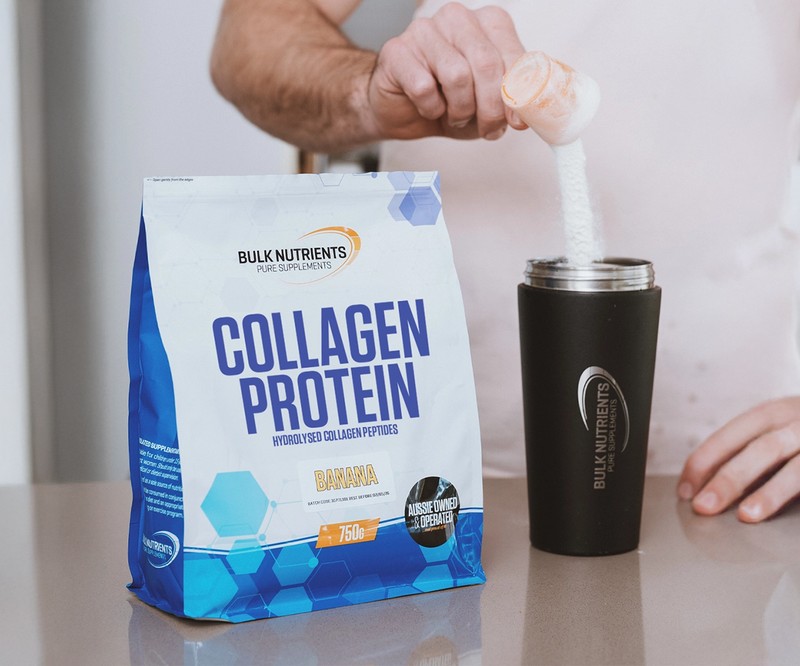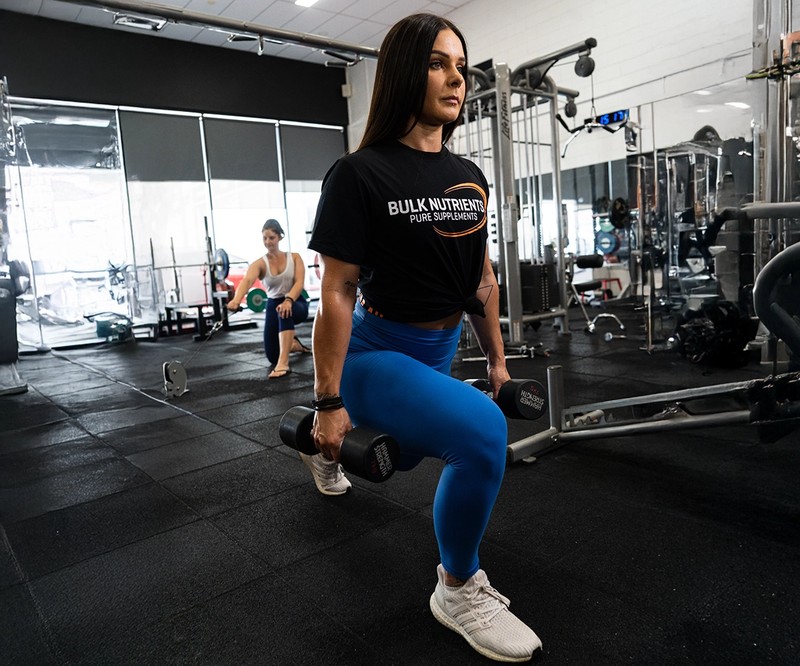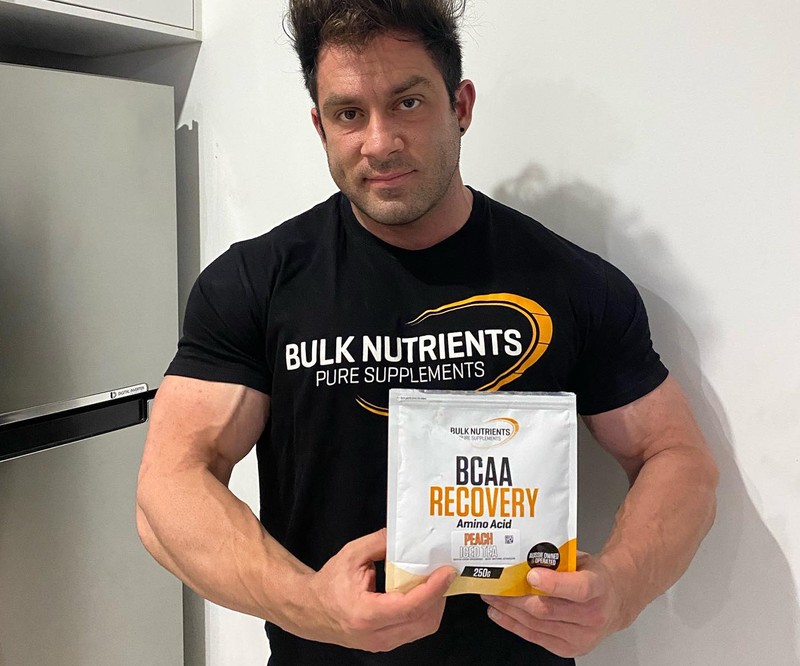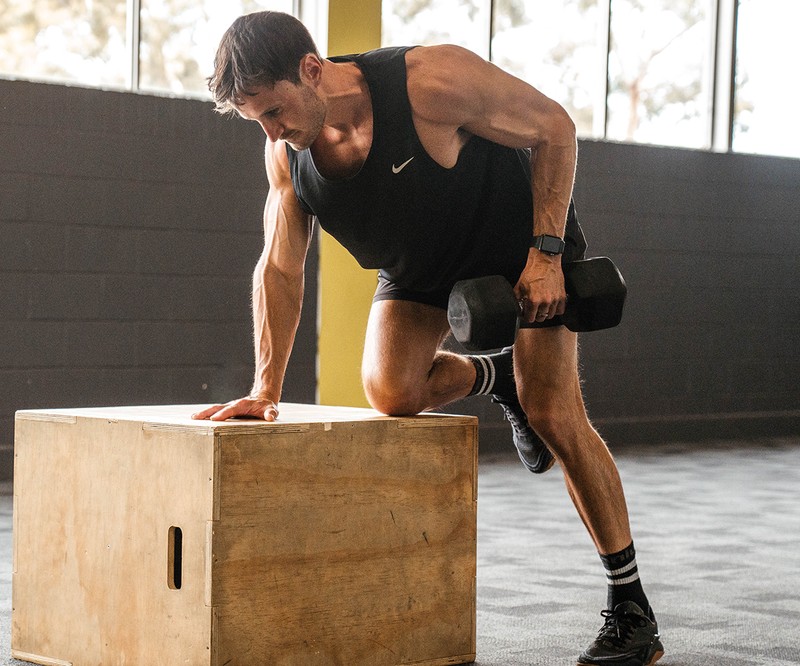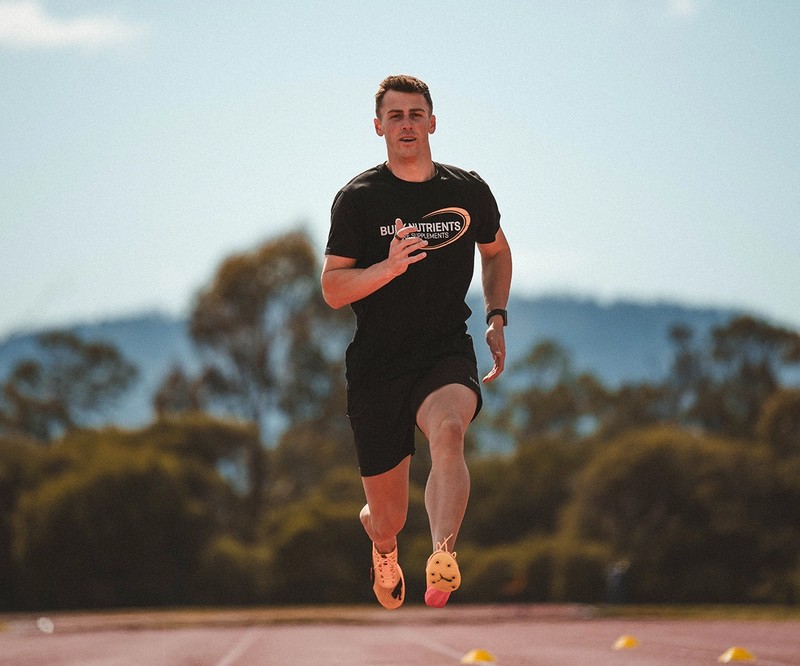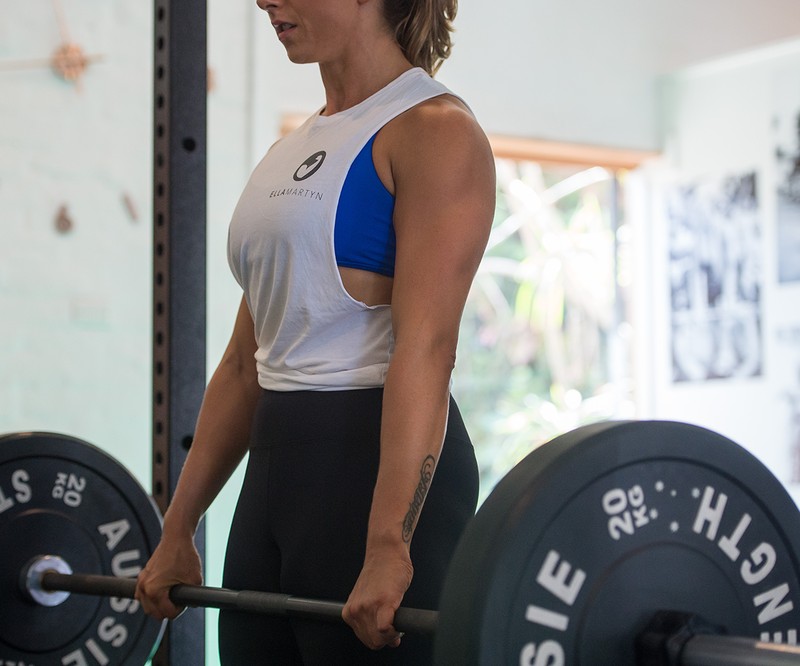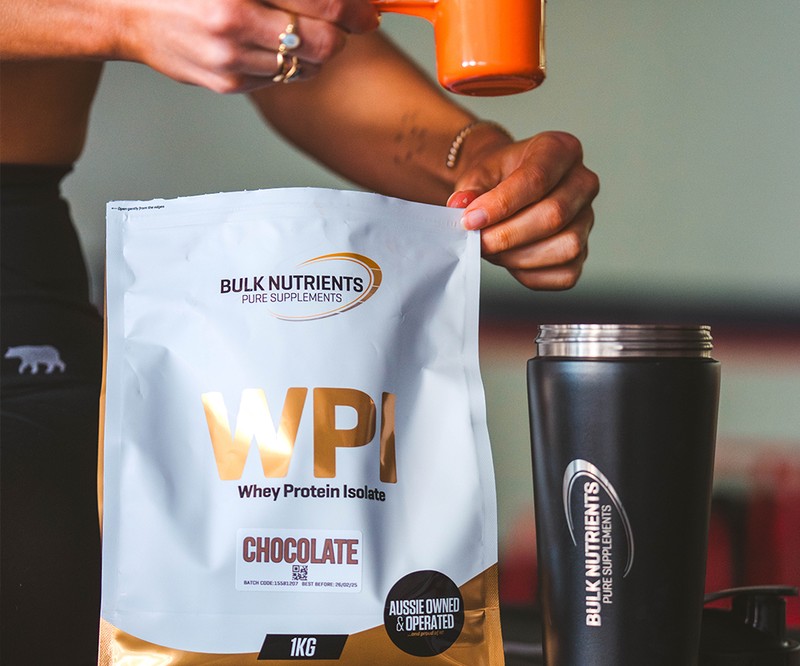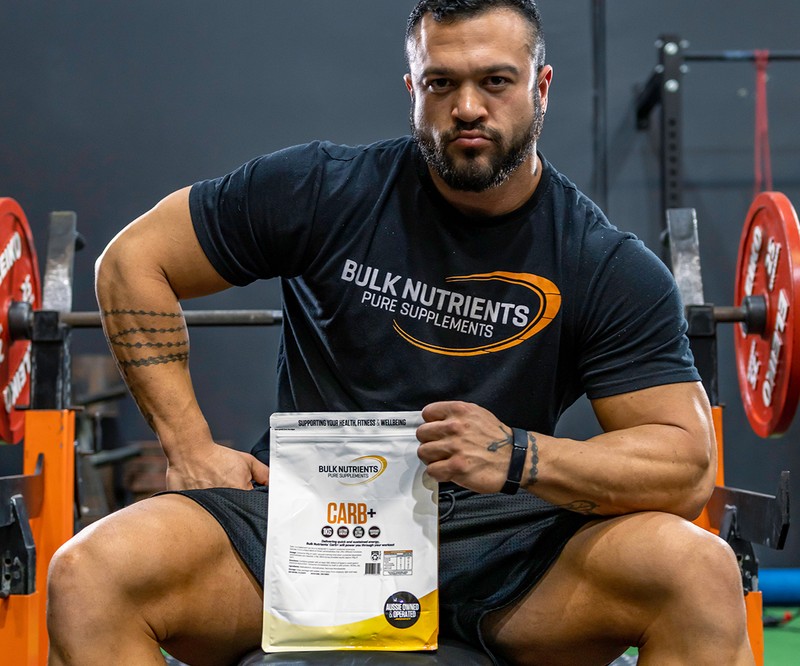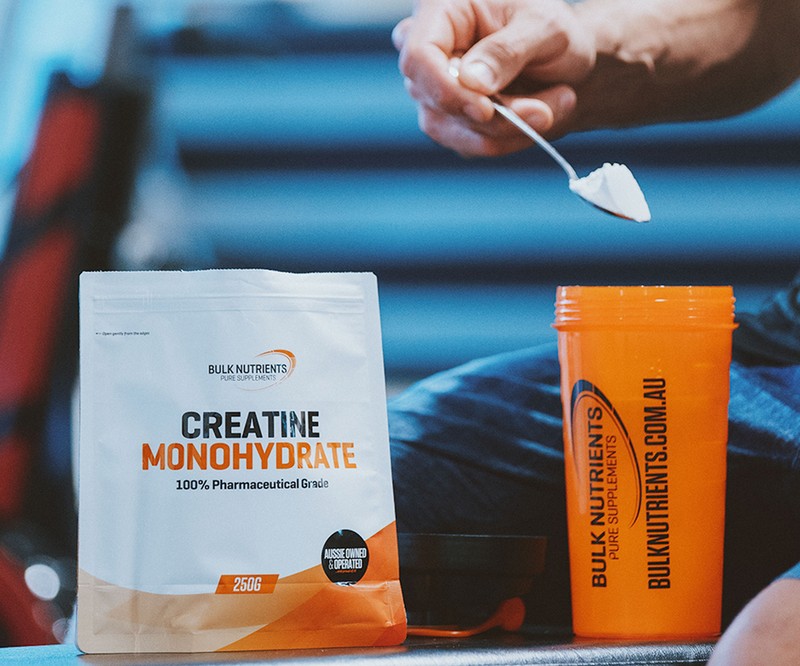Recover Faster With Post Workout Breathing
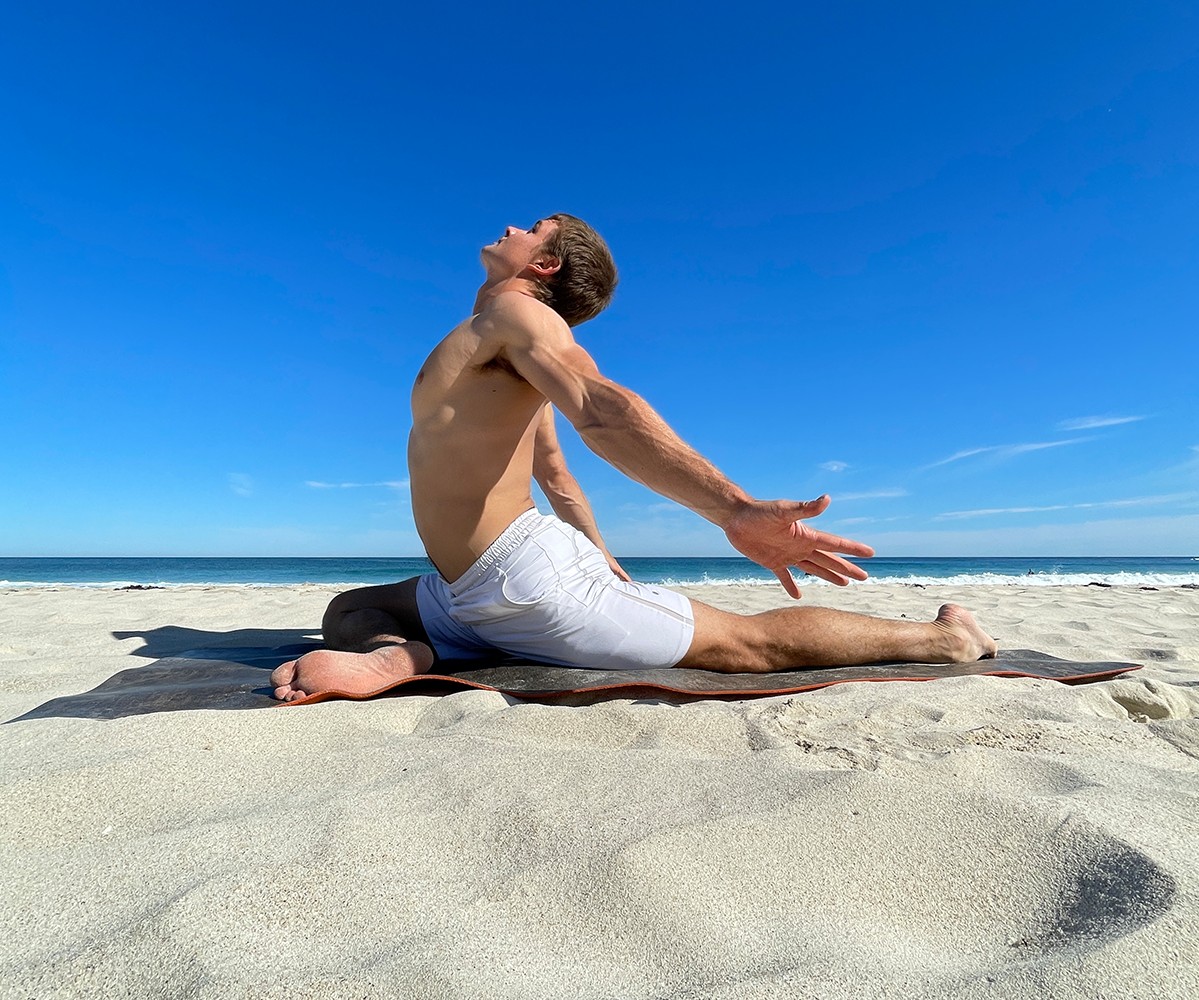
Recovery 101: An active process
We get results in training through a process of known as the General Adaptation Syndrome. Adaptation occurs through exposure to a greater than normal stressor coupled with sufficient time for recovery. In gym terms, think of the stress as hitting heavy personal records on lifts or doing more reps/sets than normal, followed by a couple of rest days to recover, and then returning to the gym stronger than previously.
You might think it’s just the muscles we are targeting for recovery, however that is only part of the picture.
Muscle action and growth are governed by our Central Nervous System (CNS). Within the CNS are two important divisions for training purposes: The parasympathetic and sympathetic nervous systems.
The parasympathetic nervous system is responsible for rest, recovery, and regeneration. Conversely, the sympathetic nervous system is responsible for ‘amping up’ the body to deal with stress – the more commonly known ‘flight or fight’ response. As training is a form of stress, it amps up the sympathetic nervous system.
Whilst this is great for in the gym performance, recovery will be impaired (slower) if the sympathetic nervous system is not ‘turned back down’ after training.
So, your ultimate goal for effective training and recovery is to turn on the sympathetic system with a hard training stimulus, then turn it off and jumpstart the body’s recovery by activating the parasympathic nervous system.
How to activate the parasympathic nervous system for recovery
One of the best ways to switch on the parasympathetic nervous system post-workout is through relaxed deep breathing. Here’s what you do:
- At the end of your workout, find a quiet area of the gym or put your headphones in to listen to some relaxing music. I find instrumental music or bin-aural beats works really well.
- Lie down on your back and elevate your feet above your heart with your knees slightly bent (atop a bench is great).
- Elevate the arms overhead.
- Close your eyes and let your whole body relax.
- Commence relaxed breathing for 3-5 minutes. Aim for a controlled breathing tempo of inhaling for 4 seconds, holding at top for 4 seconds, exhaling for 4 seconds, and holding for 4 seconds (commonly known as box breathing). Whilst it’s great to hold a tempo, don’t worry if you can’t – the focus is more on slowly inhaling and exhaling and in the process, you will relax and chill.
Remember, your ultimate goal is to turn off the sympathetic nervous system switch before you leave the gym and get the recovery process kicked into gear. If you’ve only got 3-5 minutes to spare post-workout, some relaxed deep breathing is your best investment.
This recovery strategy works brilliantly in concert with quality post-workout supplementation, so try using it in concert with a high-quality protein like Intra Workout or Whey Protein Isolate.
Related Blogs

Optimise Sleep, Reduce Stress, and Rest to Build More Muscle
Posted by Bulk Nutrients
Estimated reading time: 7 minutes
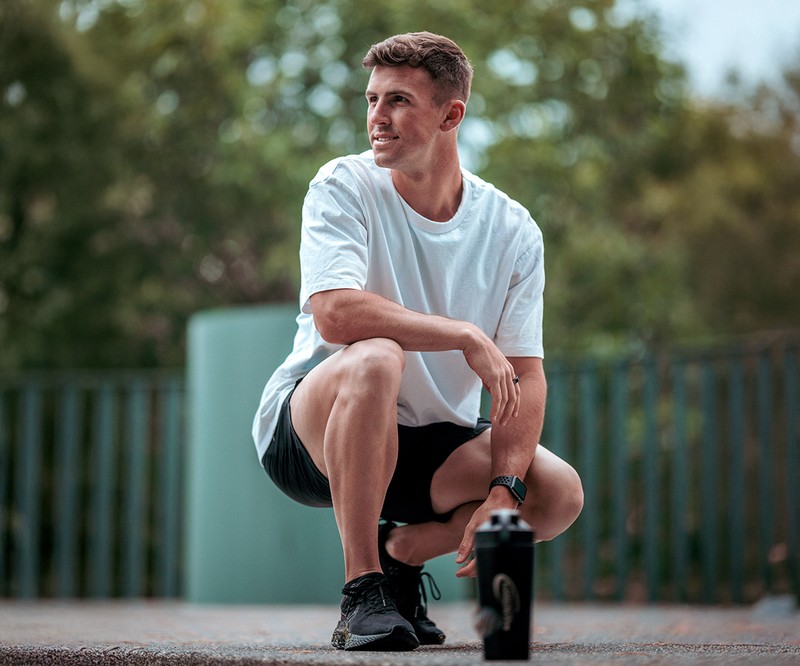
Developing Your Squat Setup
Posted by Dave Napper
Estimated reading time: 2 minutes

Train Harder, Recover Faster with Sleep & Recovery Supplements
Posted by Ben Crowley
Estimated reading time: 6 minutes



